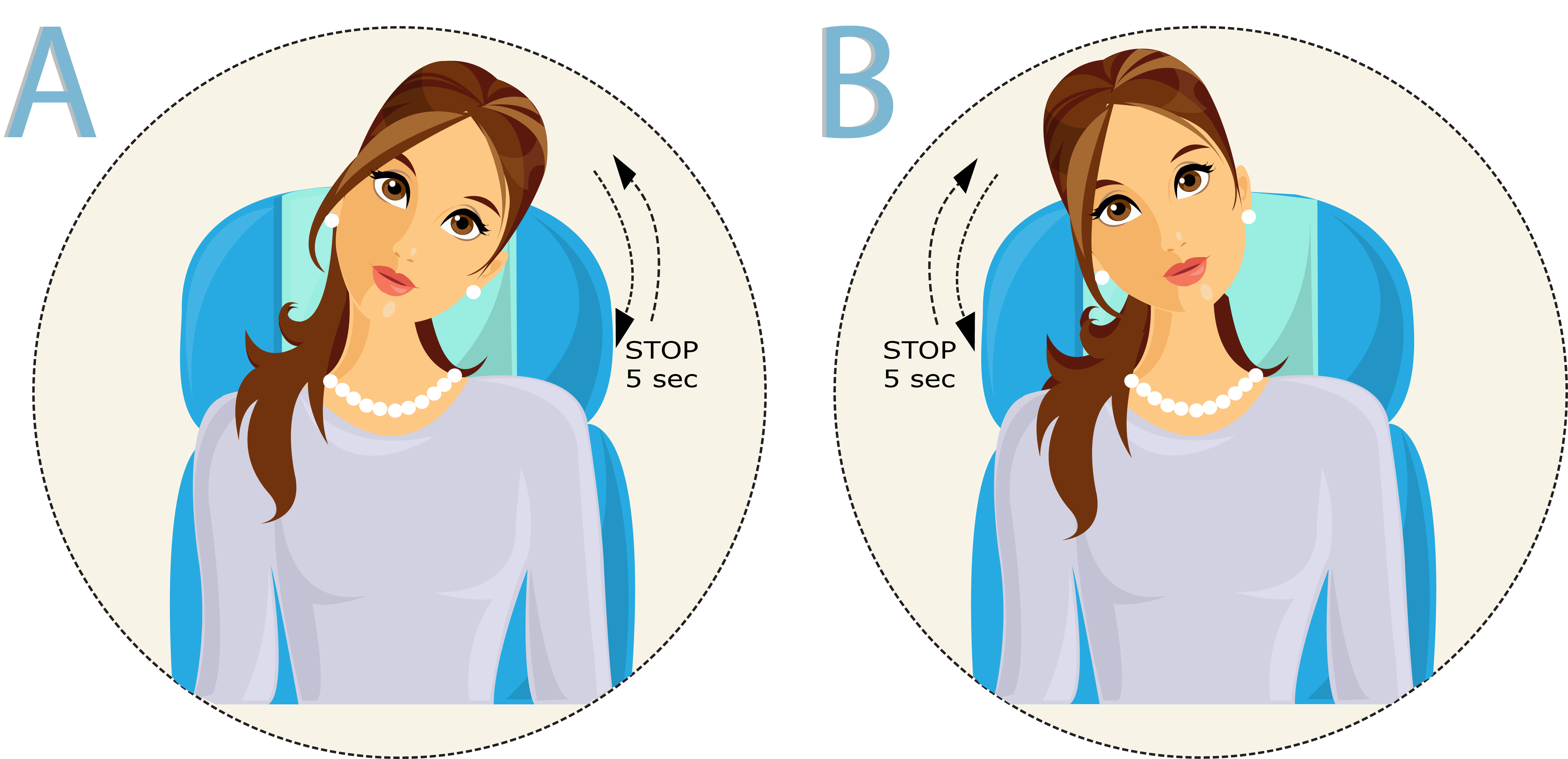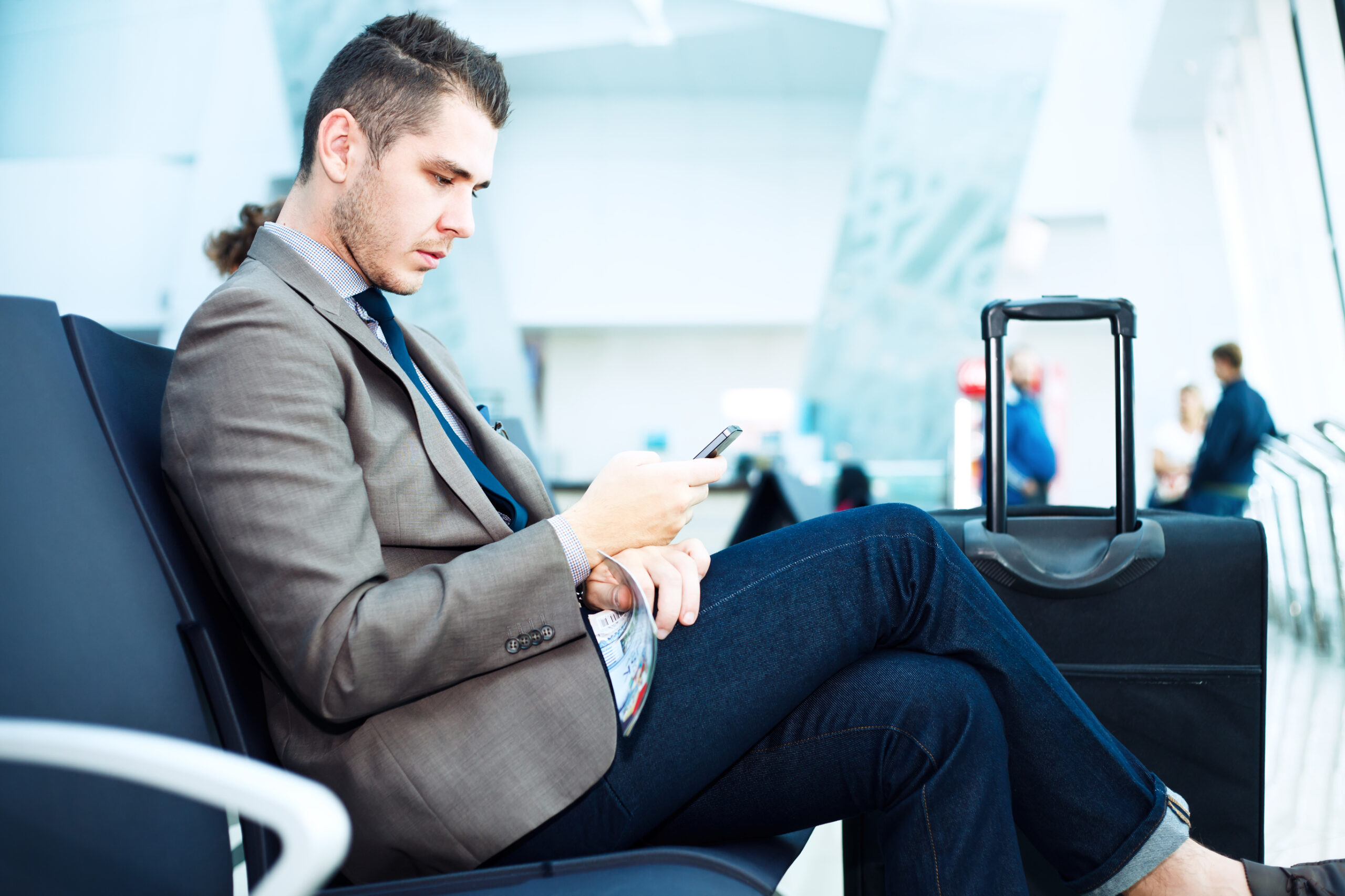By: Dr. Eirikur Orn Arnarson.

Phobias are defined as an extreme, persistent fear and avoidance of harmless objects, behaviour and situations. The phobic recognises that the fear is excessive or unreasonable. The main problem posed by phobias is that they restrict people’s freedom of action and the symptoms predominate in the feared situations or contemplation of the feared situation. Additionally the phobias have a negative effect on self-confidence.
When considering phobias one must take into account the interaction of thoughts, behaviour and biological reactions.
The thoughts are characterised by ideas of the negative consequences resulting from facing the situation at hand. The phobic has the fear of losing control and worries about humiliation or embarrassment.
Behaviour is reflected in reactions to the feared situation (evasion and avoidance) e.g. shaking, stuttering, slow speech, and a trembling voice.
The main physiological changes accompanying phobic reactions are chills or heat sensations, sweating, palpitations, a pounding heart or accelerated heart rate, chest pain or discomfort, the feeling of choking, a dry mouth and increased muscle tension.
More common than one would expect
Phobias are twice as prevalent in women as men. One in ten individuals suffers from a phobia and the phobias are more common than one might expect. Although prevalent the phobic does not talk much about his or her phobia and usually only the closest family members and friends are aware of the predicament. Severe phobia is so serious that the individual is unable to conduct daily routines, such as household chores or go to work.
Phobics avoid the situations they fear and try many methods to reduce the concomitant anxiety e.g. by using alcohol and sedatives.
Despite the availability of successful treatment such as cognitive behavioural therapy, only a relatively few phobia sufferers have benefited from such treatment. These are designed to teach skills in managing the somatic, cognitive and behavioural components of anxiety. The treatment generally leads to good recovery in about eight to twelve treatment sessions.
Three types of phobias
Phobias can be divided into three categories.
The most common type is specific phobias restricted to specific situations, circumstances, items or illnesses. Examples include particular animals, insects, syringes, water, lifts, heights, flying, closed spaces, dentistry or the sight of blood or injury.
The second one is social phobia characterized by extreme, persistent fear of social situations, e.g. the fear of speaking in public, being among other people, interacting with the opposite sex, eating or drinking in restaurants. More pervasive social phobias are often associated with low self-esteem and fear of criticism.
The third category is agoraphobia, which is the most serious type of phobia, characterised by fear of being alone at home and in crowds. Most people experience fear and anxiety now and again, while phobia can lead to panic. At its worst, panic may occur out of the blue and become incapacitating. It is, however, quite common for the agoraphobic to be able to travel by car within a certain distance from home, so the car becomes a sort of a home away from home. What the phobic fears the most, is becoming panic stricken without warning away from the safety of the home and family. This is the anxiety which is most restrictive; the fear of fear. Agoraphobia frequently develops following major life events, such as major illness, trauma or grief.
When people first experience a phobic reaction and panic, they often seek assistance at the emergency unit because they feel as if they are losing control or having a heart attack. Subsequently they may avoid the circumstances which brought about the reaction and simply thinking about entering such situations may produce anticipatory anxiety.
To be classified as phobic, the fear must exceed normal levels and seriously disturb the person’s peace of mind, in addition to an intense desire to be somewhere else. It is important to differentiate between those who are able to do something but are hesitant and those who are unable to enter the phobic situation.
The fear of flying is common
Flying is a common method of transport and epidemiological studies indicate that the fear of flying is more common than one would expect. An Icelandic study has shown that approximately 25% of women and around 9% of men often or always experience fear when flying. The fear most commonly manifested is during take-off and during turbulence, and about 18% found it difficult to accept that they had no influence on what takes place during the flight. A US study showed that 10% of passengers were very afraid of flying and 20% suffered from milder fear. A large Swedish study showed that 6% had never flown due to the fear of flying, 10% were very afraid during flights and 15% felt the same type of fear simply by thinking about flying. A large survey carried out by the airline SAS included the question: “Do you experience discomfort due to a fear of flying?” and approximately 4% answered always or often and 19% sometimes. Of those who said they were never afraid of flying, 8% said they were interested in participating in a course to learn to reduce the fear flying. (See an article about fear of flying on Fit To FLy HERE )
Facing the problem
Whatever we do has both an effect on ourselves as well as others. The consequences of being afraid and avoiding circumstances vary. Close relatives are most often understanding and sympathetic, which can be counterproductive and reinforce the phobic reaction.
One often avoids circumstances without being afraid but rather fears one’s reactions – being afraid of the fear itself.
In treating phobias the questions of concern are:
- Under what circumstances does the phobia manifest itself?
- What effects does the phobia have on behaviour?
- What are the consequences of the phobic reaction?
- What situations does the phobic person avoid?
- How does the phobic person react to the circumstances he or she avoids?
Simply thinking about the triggering situation can evoke the phobic reaction. If a situation is regarded as being dangerous can bring on a fear reaction although it is not harmful.
One study showed a link between thought and anxiety. Children afraid of the dark were divided into three groups. The first one repeated the sentence: “I am brave and can take care of myself in the dark”. Another group repeated the sentence: “Being in the dark is fun, and I can do a lot of fun things then”. The third one repeated: “White butterflies, flying by the window”. The children subsequently entered a room where they could control the light intensity.
The children in the first group stayed for the longest time and in most darkness, the second one came next, while those who recited a line from a poem did worst. The results indicate that simply thinking is of little use, but that the content of the thoughts matters.
How do phobias develop?
About 60% of phobias appear to have developed through conditioning where one has become extremely afraid and about a fifth through social learning, about a tenth through witnessing a frightening event and about 10% do not recall how the phobia gained a hold on them.
Phobias develop through conditioning, e.g. when an individual becomes stuck in an elevator and has to wait for assistance, during which time biological reactions and discomfort intensify and the uncertainty of how long it will take to be rescued becomes overpowering. Subsequently the thought of being stuck in a lift is sufficient to trigger the phobic response. The fear of riding in an elevator may spread to similar circumstances such as being locked in room, travelling on buses, trains and on an aircraft.
Phobias can be learned by social learning, e.g. through a mother who developed dog phobia having been bitten by a dog as a child. When her child sees her phobic reaction in the presence of dogs and models her behaviour, it is likely that it will develop dog phobia, despite never having been bitten by a dog.
Thirdly phobias can be learned by being exposed to or witnessing someone exhibiting a phobic reaction in daily life, on the Internet, television or in the movies.
Treatment is usually successful
For a long time, it was generally believed that little could be done to assist those suffering from phobia. Without treatment, a phobia can become debilitating and it is a paradox that phobia can easily be overcome.
Treatment involves teaching the phobic individuals appropriate reactions (thoughts and behaviour) in circumstances which they fear, by facing the fearful situation rather than avoiding it. The treatment starts with the phobic individual being taught methods to face intrusive thoughts and avoidant behaviour by setting easy tasks and progressively advancing to more difficult assignments. Once the easiest assignments have been mastered, the individual will gradually advance and take progressively on more difficult circumstances. Treatment need not take long, but should preferably be conducted under the supervision of an expert, such as a clinical psychologist.
It should be kept in mind that phobias are treatable and being phobic is not something to be ashamed of.
Eiríkur Örn Arnarson, Ph.D., trained in clinical psychology in England. He is a professor of psychology at the Faculty of Medicine at the University of Iceland and a specialist in clinical psychology at Landspítali University Hospital.













